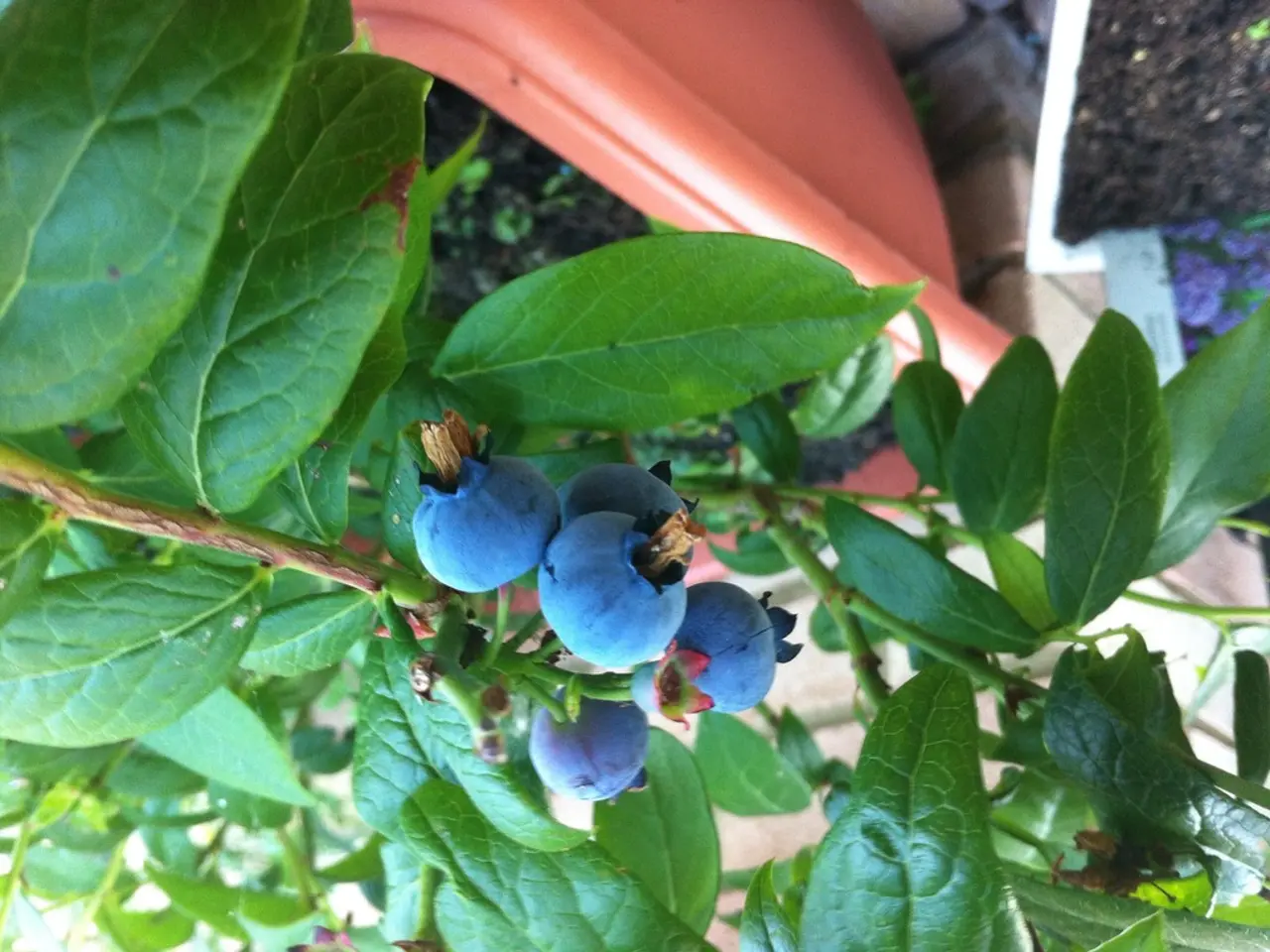Guide to Terrarium Substrate: DIY and Top Soil Combinations
In the world of terrariums, the substrate serves as the foundation for the entire ecosystem. This critical component provides shape, function, hydration, and nutrients to the terrarium, ensuring a thriving environment for tropical plants and bioactive setups.
A well-balanced substrate mix is essential for achieving the ideal balance of water retention, drainage, aeration, and support. One popular choice is the Atlanta Botanical Gardens (ABG) Mix, a tropical terrarium mix favoured for its versatility. However, different terrariums have different needs, and using a terrarium soil mix allows for flexibility in adapting to these needs.
The base of a substrate mix provides support and water retention, making up about half of the overall substrate. Common ingredients in a bioactive terrarium substrate mix include milled New Zealand Long Fiber Sphagnum Moss, milled Sphagnum Peat Moss, horticultural charcoal, South American Tree Fern Fiber, Orchiata Orchid Bark, coconut coir (coco coir), and soil or potting mix with microbial life.
Milled New Zealand Long Fiber Sphagnum Moss is known for its superior moisture retention and soft, airy texture, helping to mimic humid tropical habitats and support plant growth. Milled Sphagnum Peat Moss provides excellent water retention to maintain consistent moisture in the substrate. Horticultural charcoal offers filtration properties that help maintain good soil structure, drainage, and reduce odours.
South American Tree Fern Fiber adds natural texture and aeration to the substrate, promoting healthy root development. Orchiata Orchid Bark is commonly added for aeration and structure to the mix. Coconut coir, a renewable and peat-free ingredient, retains moisture well and improves soil health, often used as an eco-friendly alternative to peat moss.
Soil or potting mix with microbial life is often inoculated with beneficial microbes and may include fresh worm castings to support a living ecosystem that nourishes plants and helps break down waste in the terrarium. Additional elements like lava rock, composted materials, and specialized soil components for drainage and nutrient balance might also be included depending on the specific terrarium needs.
For those who prefer a more hands-on approach, a DIY terrarium soil recipe could include 40% base component, 50% structural materials, and 10% compost element. This recipe, while not exhaustive, provides a starting point for creating a custom substrate mix tailored to your terrarium's specific requirements.
Charcoal is highly absorptive and is able to bind to terrarium contaminants, as well as retain moisture and provide nutrients to plant roots. Tree fern fiber brings a unique structural dynamic to a mix, but is difficult to source sustainably.
In conclusion, understanding the importance of a well-balanced substrate mix and the ingredients that make up a bioactive terrarium substrate is crucial for creating a thriving terrarium ecosystem. By selecting the right mix of materials and tailoring the mix to your terrarium's specific needs, you can ensure a healthy, balanced, and beautiful terrarium for years to come.
[1] [Atlanta Botanical Gardens (2021). Terrarium Mix](https://www.atlantabotanicalgarden.org/store/product/terrarium-mix/) [2] [Terrarium TV (2021). Terrarium Soil Mix](https://www.terrariumtv.com/soil-mix/) [3] [The Spruce (2021). Terrarium Soil Mix](https://www.thespruce.com/terrarium-soil-mix-1902534) [4] [Aquatic Plants (2021). Aquarium Soil](https://www.aquaticplants.co.uk/aquarium-soil) [5] [The Urban Jungle (2021). DIY Terrarium Soil Mix](https://theurbanjungleblog.com/diy-terrarium-soil-mix/)
Terrarium substrate mixes, such as the Atlanta Botanical Gardens Mix, play a vital role in achieving the ideal balance of water retention, drainage, aeration, and support for a thriving terrarium ecosystem. Integrating lifestyle choices, home-and-garden enthusiasts opt for these mixes due to their versatility and the ability to adapt to various terrarium needs, catering to the diverse plant life within.



